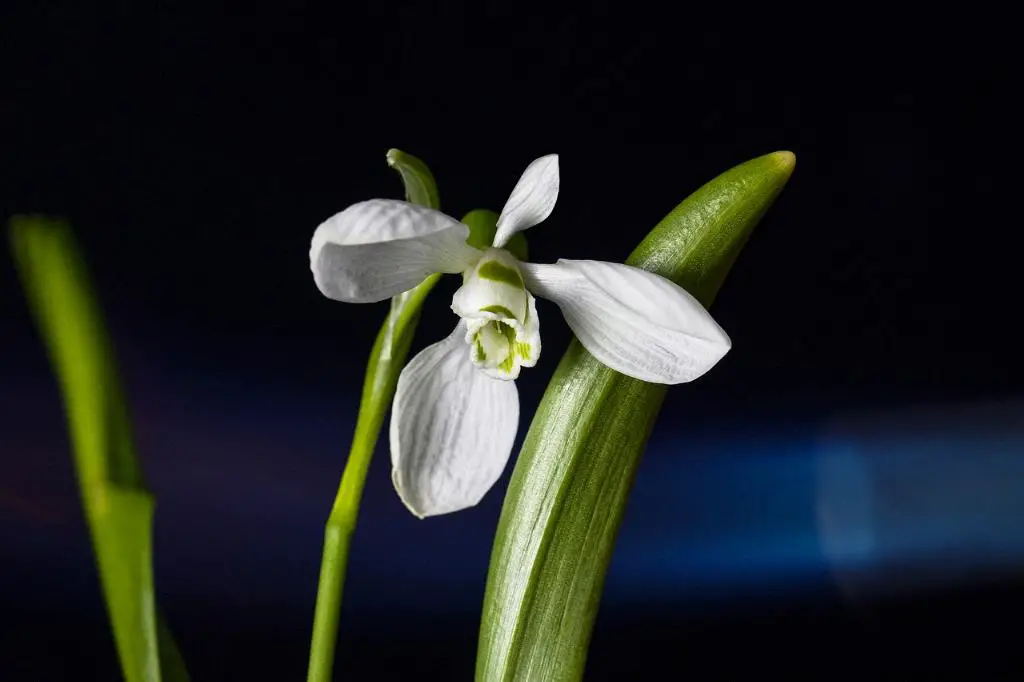When it comes to nurturing amaryllis bulbs, there are several key aspects to consider in order to ensure their health and vitality. One crucial factor to keep in mind is to avoid excess moisture, as damp soil can lead to bulb and root decay, as well as the attraction of unwanted pests. Hence, it is imperative to strike a balance in watering, allowing the soil to dry out slightly between waterings.
Furthermore, a vital step in the maintenance of amaryllis bulbs involves proper fertilization. It is recommended to fertilize the plant each time you water, using a diluted solution at half the typical strength, particularly when new growth begins to emerge. Opt for a houseplant fertilizer with a high phosphorus content to encourage robust blooming and overall plant health.
Lighting conditions play a significant role in the well-being of amaryllis bulbs. These plants thrive in bright, indirect sunlight, making them ideal candidates for spaces with ample natural light but without direct sun exposure. Ensuring they receive adequate light will support healthy growth and vibrant blooms.
Temperature regulation is another critical aspect of caring for amaryllis bulbs. These plants prefer moderate temperatures between 60-75°F (15-24°C) and should be shielded from drafts or sudden temperature fluctuations to prevent stress and maintain optimal growth conditions.
Repotting amaryllis bulbs is a task that should be undertaken periodically to replenish the soil nutrients and provide ample space for root expansion. This process is typically carried out every 2-3 years, utilizing a well-draining potting mix to ensure proper aeration and moisture retention for the bulbs.
Pruning plays a role in promoting the health and appearance of amaryllis bulbs. Removing spent flowers and withered foliage not only enhances the plant’s aesthetic appeal but also directs energy towards new growth and bloom production. Regularly inspecting the plant for any signs of disease or pest infestation is essential for early detection and treatment.
Watering schedules for amaryllis bulbs should be adjusted based on environmental conditions and seasonal changes. During the active growth phase, more frequent watering may be necessary, while in dormancy, it is advisable to reduce watering to prevent waterlogging and promote healthy bulb development.
Humidity levels should also be taken into account when caring for amaryllis bulbs. While these plants can tolerate average room humidity, providing occasional misting or grouping them with other plants can help create a more favorable microclimate, particularly in dry indoor environments.
Monitoring the soil moisture level is crucial to prevent overwatering or underwatering, both of which can have detrimental effects on amaryllis bulbs. Utilizing a moisture meter or simply observing the soil texture can aid in determining the appropriate watering regimen to maintain optimal soil moisture content.
Preventing pests and diseases is essential for the long-term well-being of amaryllis bulbs. Regularly inspecting the plant for signs of insect infestation, fungal growth, or other abnormalities can help identify issues early on and implement effective control measures to safeguard the plant’s health.
Propagating amaryllis bulbs can be a rewarding endeavor for plant enthusiasts looking to expand their collection or share the beauty of these flowers with others. Division of bulb offsets or seeds can be carried out during the dormant period, following proper techniques to ensure successful propagation and healthy growth.
In conclusion, the care and maintenance of amaryllis bulbs require attention to detail and a proactive approach to addressing their specific needs. By following the guidelines outlined above and staying attuned to the plant’s growth patterns and requirements, you can cultivate thriving amaryllis bulbs that grace your space with their vibrant blooms and lush foliage.

